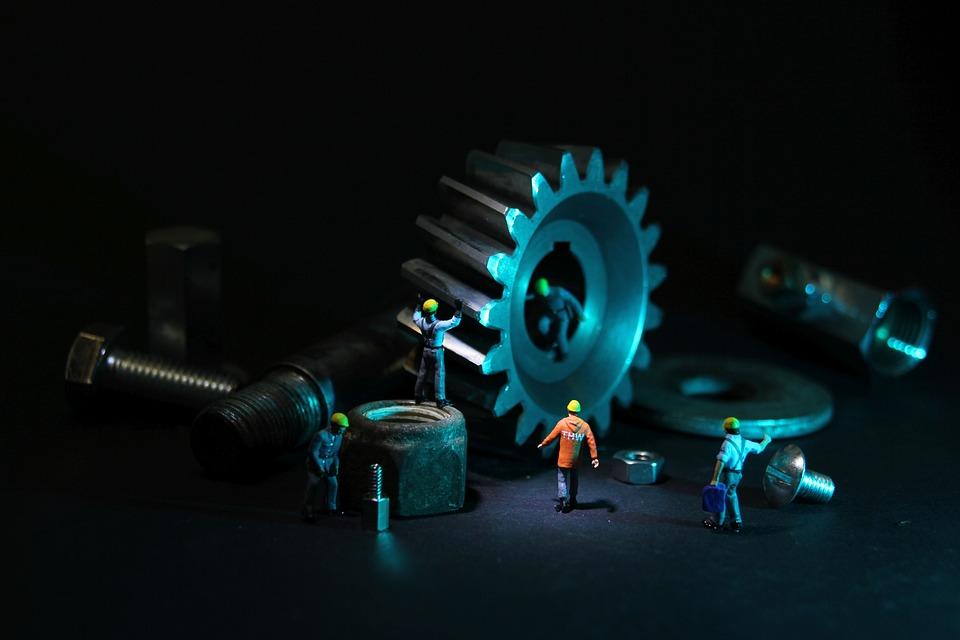Debunking Common Misconceptions About Reliability Engineers

The field of information technology is continuously evolving and growing at a fast pace. Technologies are being developed one after another to cater to the needs and demands of the times. With the expansion of automation comes the onset of new challenges that require the development of new roles to address them, one of which is the work of a reliability engineer or site reliability engineer (SRE).
The function of reliability engineer started fifteen years ago when the VP of Engineering at Google developed a system to ensure all Google software, application, and sites function 24/7/365. This new system was created by incorporating the functions of a developer and system administrator; paving the way for the birth of SREs.
Given that this profession is relatively new, a few misconceptions surrounding this specialization are even causing confusion among IT professionals. If you want to know more about reliability engineers, here are the truths behinds the myths:
Myth 1: Anybody With a Software Background Can Immediately Become a Reliability Engineer.
The job of SREs requires more than just a background in software engineering or IT. Reliability engineers function as a negotiator between two integral components of a business that are often in disagreement with each other, namely the development team and the stakeholders of the company.
These two groups usually clash as each has its own goal. The development group wants to create, test, and make their products available in the market as fast as possible. The stakeholders, on the other hand, wants to delay the product release until it is proven that the product can handle both current and future demands.
It is the responsibility of the reliability engineer to intervene and ensure that both groups will work together toward the realization of both goals, instead of wasting time in arguments. Given this immense task, SRE should possess excellence in various disciplines, such as Engineering and Physics, and in-depth knowledge that stems from many years of experience.
SRE should be respected and looked up to by the people in the company. Otherwise, he/she cannot serve as a mediator. Newbie software engineers do not have such clout.
Myth 2: The Functions of SRE Remains the Same Regardless of the Type of Organization.
Google has developed and released a book about what a reliability engineer should do. Still, it does not mean that all organizations should follow it blindly. The integral role of an SRE is to ensure that all needs of the company are met.
Since business needs vary from one company to another, it is only natural to expect that the job of reliability engineers will differ as well. Ultimately, the processes needed to achieve the goal may be different. Still, the end goal of having streamlined and smoothly operating systems remain the same.
Myth 3: Reliability Engineers and DevOps are Identical.
While SREs and DevOps have a similar goal of addressing organizational hurdles to create better products, they function differently toward this same end. DevOps work by identifying issues and coming up with theoretical solutions to tackle them. SREs, on the other hand, take these theories further by transforming them into tangible methods, tools, and similar solutions.
The items above are just a few of the most common misunderstandings surrounding the SRE profession. Understand them carefully so that you will realize the value of hiring SREs or tapping reliability engineering consultancy services to assist your business growth and development.






